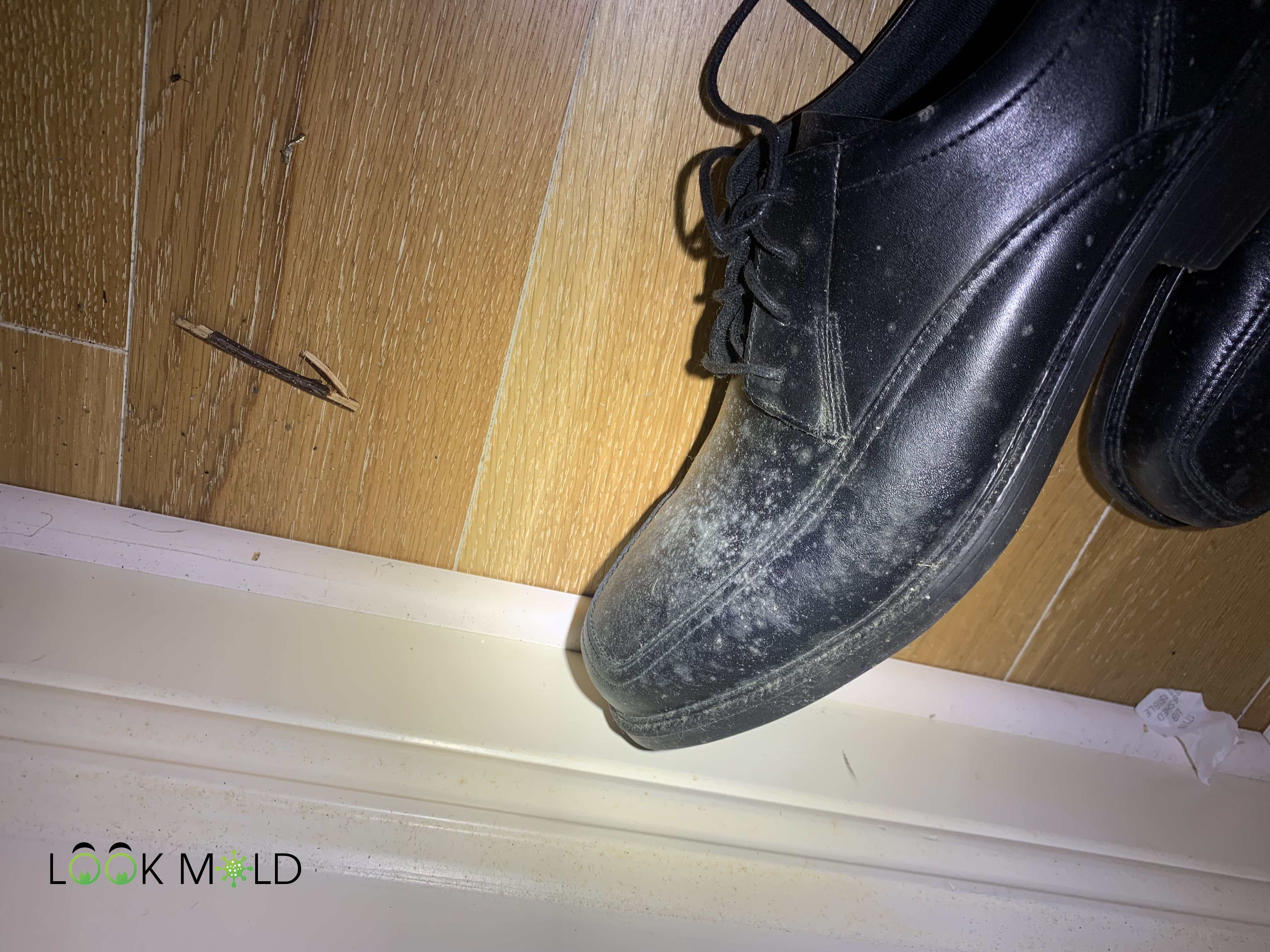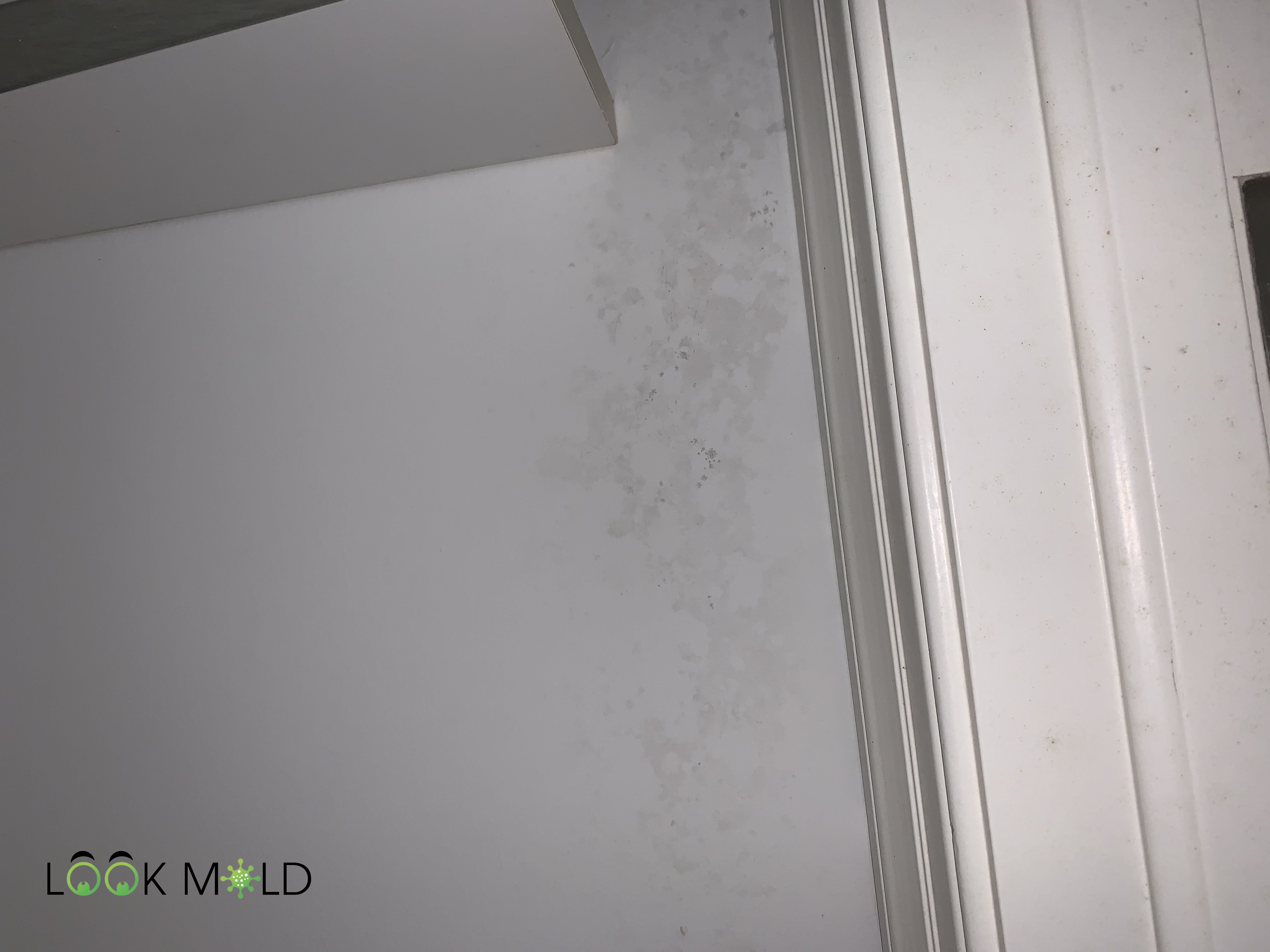Professional Mold Remediation Services
Don't Let Toxic Mold Put Your Family's Health at Risk
Stop mold damage before it spreads. Call now for a free, no-obligation estimate from a local remediation expert.
Free Estimate · Zero Obligation · Available 24/7
Grey Mold
People tend to classify mold by its color, but the truth is grey mold has no scientific meaning. Grey is just the color.
But how harmful is grey mold?
Is it something that can be cleaned up quickly, or does it require mold remediation?
In this article, we will explore grey mold and determine the correct course of action if you are encountering it.
Grey Mold in The Home
Having grey mold growing in your home on building material or on your personal items such as clothes and furniture can be a nuisance. Grey mold will grow in the house for one of two reasons, either you have had a leak or flood or high humidity.
Grey Mold Caused By A Leak
Grey mold grows just like most other types of mold when water damage is involved.
Mold, which is a naturally occurring microorganism, floats around the air and attaches itself to wet building material. Under the right conditions, mold will start to colonize.
Mold can change colors over a period of time on building material. It may start out as white, then gradually become grey and may even become black.
Grey Mold Caused By Humidity

Grey fuzzy mold grows on clothes, furniture, shoes, and other belongings when humidity issues arise in a home.
As with building material, mold will land on the damp items and start to grow. The difference between grey mold growing on due to humidity compared to a flood or leak is mold will generally only grow on the surface and not always penetrate the materials.
Humidity is a measure of moisture in the air. Humidity problems will generally arise from insufficient ventilation or a problem with the air conditioning system.
During times of high humidity within the home, grey mold will also sometimes cause the surface of the wood and is generally not dangerous.
What Genus of Mold is Grey Mold?
As with Stachybotrys, which the general public calls black mold, there is a particular genus of fungus that is also referred to as Grey mold even though it’s not scientifically classified this way.
The type of mold called Botrytis is often mentioned as “Grey Mold”.
Botrytis is typically found on plants and food.
Gray mold is a fungus otherwise known as Botrytis cinerea that can affect any part of a plant and is one of the most common diseases found among bedding plants. This disease will easily infect plants that are already damaged or beginning to die. It then spreads quickly and can cause extensive damage to healthy parts of plants. Source
Botrytis is caused by moisture but isn’t often found within indoor environments. So if you see grey mold on clothes or other items, it’s likely not Botrytis.
Many different types of mold spores can appear a shade of grey, including:
• Penicillium • Aspergillus • Chaetomium • Stachybotrys • Cladosporium
These are the collection of common types of mold you may find in your home.
Is Grey Mold Dangerous?
 Depending on what type of species the grey mold is, it may be dangerous. A few types of mold will produce something called mycotoxins, which can harm you. Grey mold can sometimes be harmless, while if it’s actively growing on water-damaged building materials, it can off-gas.
Depending on what type of species the grey mold is, it may be dangerous. A few types of mold will produce something called mycotoxins, which can harm you. Grey mold can sometimes be harmless, while if it’s actively growing on water-damaged building materials, it can off-gas.
One way to determine if the grey mold can cause health problems is by having your home inspected by a professional mold professional.
You can also test it yourself and send the sample to a lab.
Conclusion
Grey mold can be a challenge to deal with in the crop field, but when it comes to building materials and personal belongings, the extent of the damage often depends on what the cause is.
One thing is sure about grey mold, which holds for other colors of mold, it can indicate broader water damage issues if found in the home.
Explore Related Topics:
Notice an update we should make?
We strive for accuracy. Contact us here if you see incorrect or outdated info on this page.
